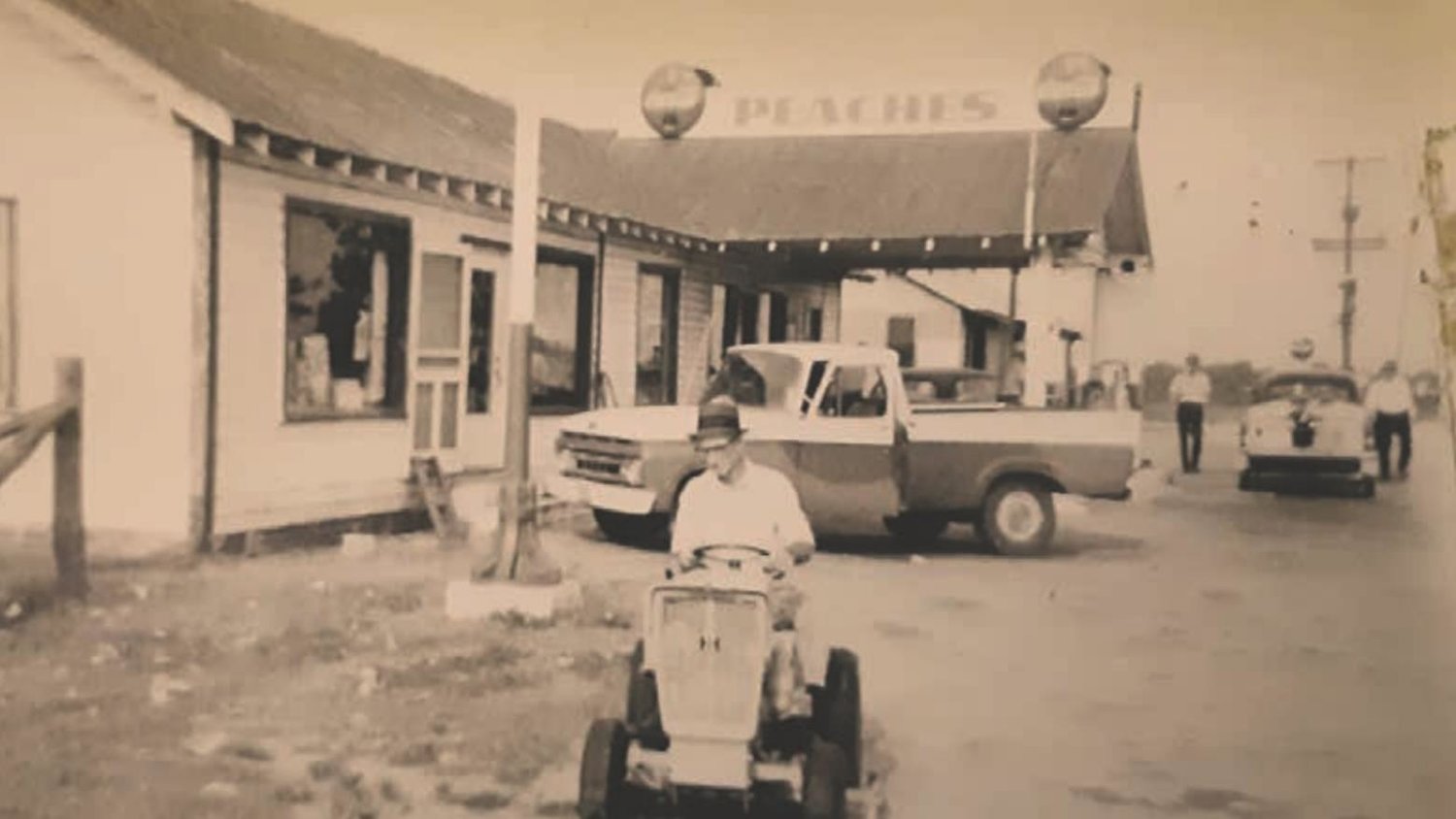The origins of Hendrix Crossing
In the 1940s, it was rare to see another car on unpaved 2-lane US 378.
Along the road were farms and woods. At a crossroad Esso station, a large sign proclaimed “Peaches and Coca-Cola.”
…
This item is available in full to subscribers.
Subscribe to continue reading. Already a subscriber? Sign in
Get 50% of all subscriptions for a limited time. Subscribe today.
Please log in to continueNeed an account?
|
The origins of Hendrix Crossing
In the 1940s, it was rare to see another car on unpaved 2-lane US 378.
Along the road were farms and woods. At a crossroad Esso station, a large sign proclaimed “Peaches and Coca-Cola.”
Honking their horns, drivers waited at large globed Esso pumps. Some wandered into the store to browse for necessities.
Aside from hardware and household musts, the store was a gathering spot. Locals from miles around came to reminisce on times past.
Once the attendant refueled their trucks, farmers would sputter across to Hendrix’s mill to restock feed for cattle and seed to plant in the spring.
George Bell Hendrix and his brothers Bill and Carl were born in a large Lexington family to Willie and Harry Capers Hendrix.
Minnie Hendrix built Hendrix’s General Store in early 1940 to be managed by her beloved nephew George Bell Hendrix. But the Japanese bombed Pearl Harbor and George Bell went off to fight in a foreign land.
Business had begun to boom as the greatest depression in history ended.
With US involvement in World War II, lives and businesses were put on hold.
Men left their homes, families and businesses, many never to return.
“Killed in action” under mysterious circumstances is what George Bell Hendrix’s family read in a telegram in mid-1943.
When his brothers Carl and Bill Hendrix returned from war, they ran the family business until it was sold in the 1970s.
Bill ran the feed mill and Carl ran the store.
Its history is somewhat clouded but the store existed into the 1980s.
As a boy, my grandfather George Hendrix recalls the store and the presence of his grandfather and uncles.
“Go get me some wood, boy,” his grandfather Harry would demand as he sat with his feet propped next to the store’s wood stove.
Decades later, we believe much of Harry’s roughedged personality came from his hard life.
After losing his wife to the Spanish Flu in 1919, he was left with no choice but to raise his children single handedly before losing one of them in World War II.
Harry looked forward to his daily ride home for lunch. A short, stumpy old man, he would hobble out of the store and mount his large black stallion.
A generation after my grandfather frequented the store, another Hendrix regularly made afternoon visits.
Young Robbie Hendrix, son of George Hendrix, would wander into the store many late afternoons craving a snack or drink.
His great uncles Carl and Bill were more than happy to give him money but it had to be spent in the store.
Years later, a blackjack oak Harry once used to tie up his black stallion still stands at Hendrix Crossing.
Today at US 378 and Charter Oak Road – a road named for a school to which Harry Hendrix donated land and where his sister Minnie taught – Hendrix Crossing is still occupied by a store.
Though much larger than its predecessor, the Publix supermarket now looks out over US 378 just as Hendrix’s store and feed mill did on the opposite side of Charter Oak Road.
Other items that may interest you










Comments
No comments on this item Please log in to comment by clicking here